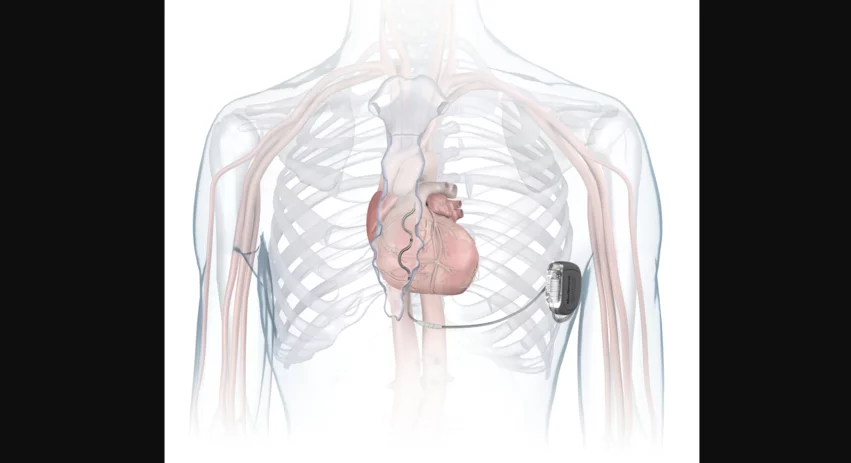Cardiologists perform world’s first substernal lead extraction
Cardiologists have performed what they believe to be the world’s first substernal lead extraction, sharing their experience in JACC: Case Reports.[1]
The care team, working out of the Regional University Hospital Center of Tours in France, performed the historic procedure on a 49-year-old male patient who came to them two and a half years after receiving an extravascular implantable cardioverter-defibrillator (EV-ICD).
Key context about the device, the patient and the extraction
The device being extracted, Medtronic’s Aurora EV-ICD, received U.S. Food and Drug Administration (FDA) approval in October 2023. It features a single lead implanted substernally to enable pause-prevention pacing, antitachycardia pacing and defibrillation energy much like a transvenous ICD.
It was originally implanted after the patient presented with a history of nonischemic dilated cardiomyopathy without any signs of atrioventricular block with a left ventricular ejection fraction (LVEF) of 19%. The patient had earlier received guideline-directed medical therapy for five months that failed to properly address his symptoms. He received the Aurora device during a Medtronic-funded clinical trial.[2]
That initial procedure, the authors wrote, “went well without any complications.” However, after two and a half years, the patient still hoped to have the device removed, if possible.
“The patient’s discomfort with the device was mainly psychological,” wrote first author Alexandre Bodin, MD, a cardiologist and electrophysiologist with the hospital. “He had no real pain, and the aesthetics and position of the device were acceptable. There was no sign or evidence of infection.”
A physical examination revealed no issues and confirmed the device had not moved since the most recent medical imaging exam. Also, the team estimated the device could last another nine years without presenting potential complications.
After Bodin et al. confirmed the patient’s LVEF had improved to 56%, they had a “long discussion” with him and his family. The decision was ultimately made to remove the device without implanting any sort of replacement.
During the operation, the two required incisions were made at previous incision sites. The generator was easy to remove, but a 10-F sheath was required to finish removing the lead. There were no complications, no pain and the patient went home that same day.
The patient is still asymptomatic after three months. His most recent LVEF was 58%.
‘Easier than expected’
The authors described this first-of-its-kind substernal lead extraction as “easier than expected.” However, they added, any operators performing this procedure should have “experience with mechanical tools.”
“Data will be needed on extraction of older leads beyond five or 10 years especially,” they wrote. “Data are also needed on infected cases and the possible consequences of infection in the substernal space.”
Click here to read the full analysis in JACC: Case Reports, an American College of Cardiology journal.
![Cardiologists have performed what they believe to be the world’s first substernal lead extraction, sharing their experience in JACC: Case Reports.[1]The device being extracted, Medtronic’s Aurora EV-ICD, received U.S. Food and Drug Administration (FDA) approval in October 2023.](/sites/default/files/styles/top_stories/public/2024-10/screenshot_2024-10-11_at_11.56.29_am.png.webp?itok=LrF0Hgk3)

